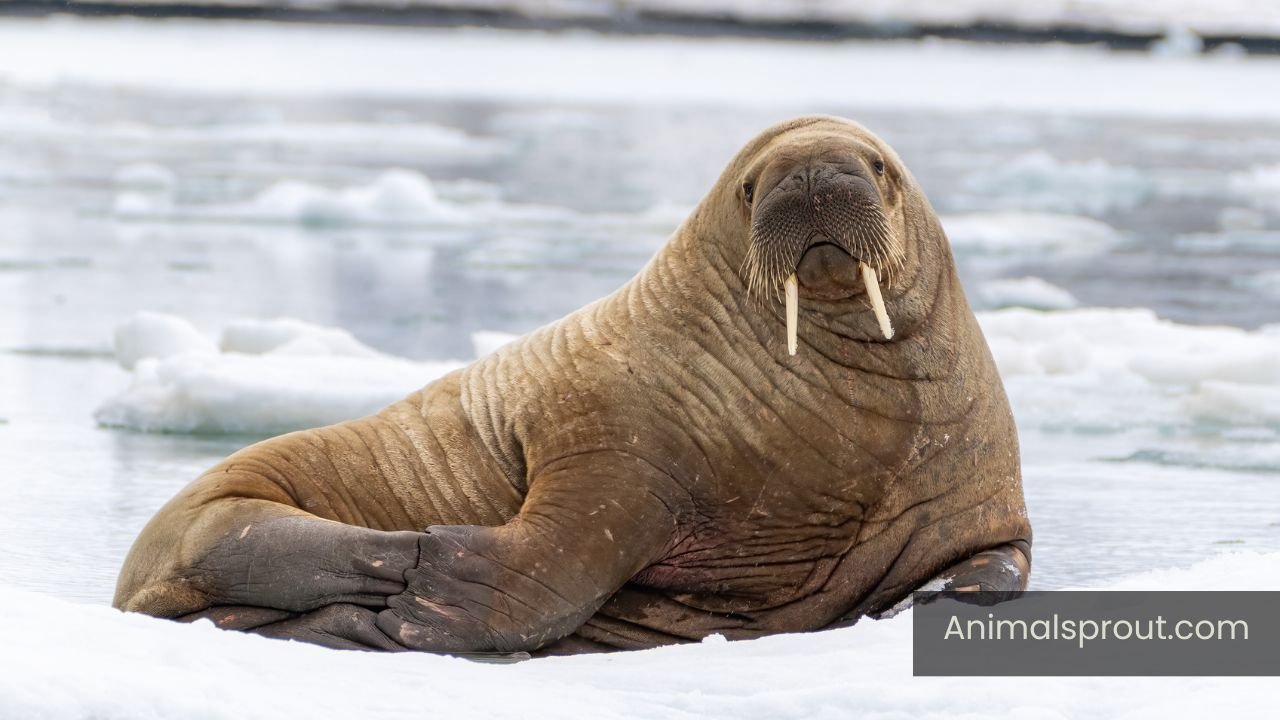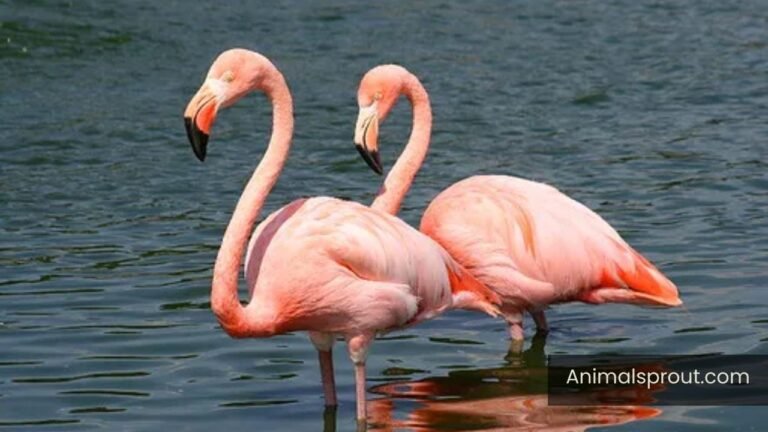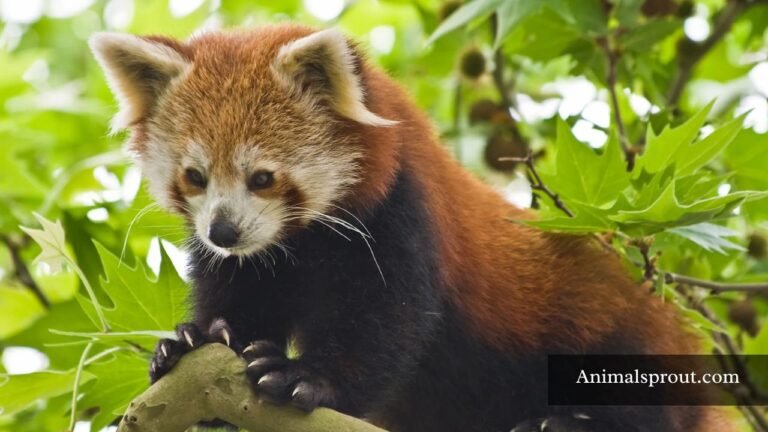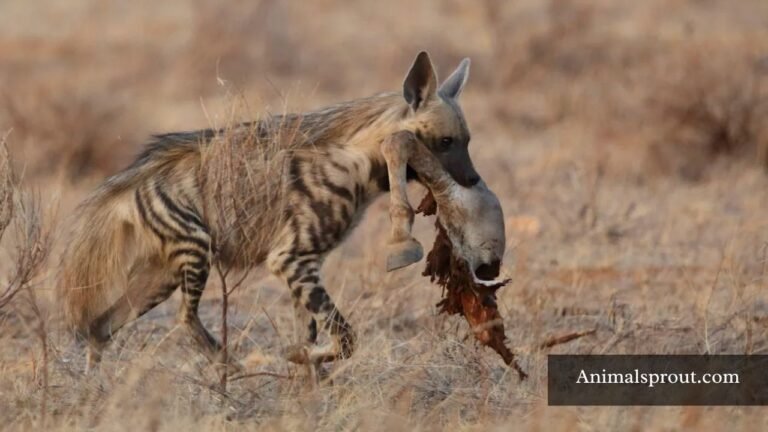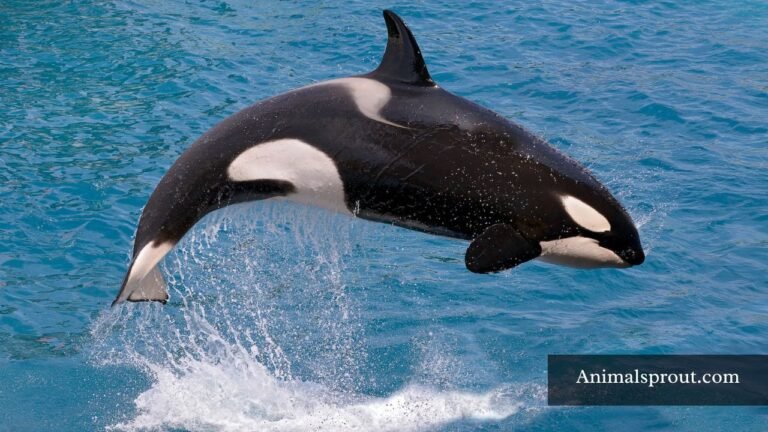Top 15 Animals without legs In The World (With Images)
Animals without legs challenge our perceptions of mobility and adaptation in the animal kingdom. In this article, we will explore a variety of legless animals, from serpents to sea slugs, highlighting their unique adaptations and roles in their ecosystems. By understanding these remarkable beings, you’ll gain a deeper appreciation for the diversity of life and the innovative ways animals have evolved to survive.
List Of Animals without legs
Below is the of animals with no legs:
- Sea Lions
- Walruses
- Legless Lizard
- Caecilians
- Snails
- Earthworms
- Fish
- Octopuses
- Whales
- Clams
- Sponges
- Slugs
- Jellyfish
- Snakes
- Dolphins
Sea Lions
Scientific Name: Otariinae
Class: Mammalia
Diet: Carnivore
Sea lions, often celebrated for their playful antics and acrobatic displays, challenge our conventional understanding of mobility in the animal kingdom. While they possess flippers instead of legs, these remarkable marine mammals demonstrate a unique form of locomotion that allows them to thrive both in water and on land. Their flippers are not merely adaptations for swimming; they are finely tuned tools that enable agility and grace in the ocean’s depths, turning the sea into their playground.
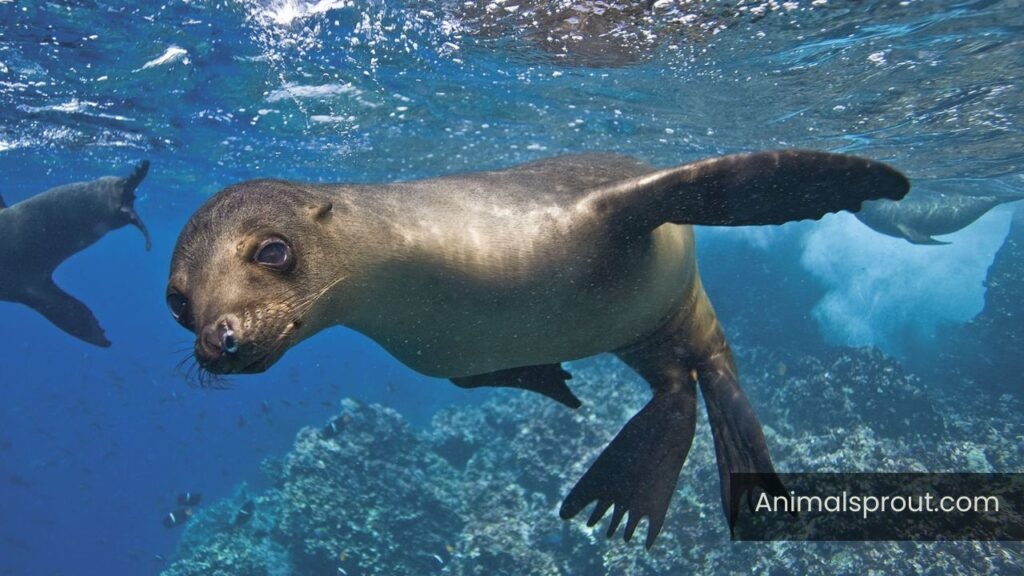
On land, sea lions exhibit a fascinating blend of characteristics. Unlike many marine animals that struggle to navigate terrestrial environments, sea lions can “walk” using their powerful fore-flippers, which provide balance and support as they haul themselves onto rocky shores or sandy beaches. This ability to transition between habitats showcases their versatility and adaptability, allowing them to bask in the sun, nurse their young, or engage in social interactions with fellow sea lions.
Walruses
Scientific Name: Odobenus rosmarus
Class: Mammalia
Diet: Carnivore
Walruses, with their impressive tusks and whiskered faces, are fascinating creatures that challenge our traditional notions of mobility. Though they possess flippers rather than legs, these marine mammals have adapted remarkably well to their icy habitats. Their flippers, which resemble large paddles, allow them to navigate the frigid waters of the Arctic with surprising agility, propelling themselves through the sea in search of food. On land, their blubbery bodies allow them to haul out onto ice floes or beaches, where they can rest and socialize in groups known as herds.
What’s particularly intriguing is the social structure of walruses, which highlights their intelligence and emotional depth. They communicate using a range of vocalizations, from bell-like sounds to deep bellowing calls, facilitating complex interactions within their pods.
Legless Lizard
Class: Reptilia
Diet: Carnivore
Legless lizards, often mistaken for snakes due to their elongated, smooth bodies, offer a fascinating glimpse into the adaptability of evolution. These unique reptiles belong to the family Anguidae and have evolved to thrive in various habitats, from arid deserts to lush forests. Unlike their serpentine counterparts, legless lizards possess eyelids and external ear openings, traits that distinctly set them apart and hint at their lizard lineage. Their streamlined bodies allow them to burrow efficiently through soil and leaf litter, showcasing an incredible adaptation that enhances their survival in environments where mobility is key.

One of the most captivating aspects of legless lizards is their method of locomotion. Instead of the slithering movement typical of snakes, these lizards utilize a combination of lateral undulation and body flexion to navigate their surroundings. This unique mode of travel not only aids in escaping predators but also allows them to hunt for insects and small invertebrates with surprising agility. Furthermore, their ability to shed their tails as a defense mechanism adds another layer of intrigue, enabling them to evade danger while the lost tail continues to wriggle, distracting would-be attackers.
Caecilians
Scientific Name: Gymnophiona
Class: Amphibia
Diet: Carnivore
Caecilians, often overshadowed by their more charismatic amphibian cousins, are a fascinating group of legless creatures that thrive underground. Resembling elongated, smooth-skinned snakes, these burrowing amphibians have adapted to a subterranean lifestyle, relying on their keen senses of smell and touch rather than sight. Their bodies are uniquely streamlined, allowing them to navigate through soil and leaf litter with surprising agility. With over 200 species identified, caecilians display an astonishing variety of colors and patterns, some even sporting striking markings that serve as camouflage against predators.
Interestingly, caecilians possess a fascinating reproductive strategy that sets them apart from many other amphibians. Some species exhibit viviparity, giving birth to live young instead of laying eggs, which is a rare trait among amphibians. Moreover, their skin is rich in a mucus layer that not only aids in moisture retention but also serves as a protective barrier against pathogens.
Snails
Class: Gastropoda
Diet: Herbivore, carnivore, or omnivore
Snails may lack legs, but their unique locomotion offers a fascinating glimpse into the wonders of adaptation. Instead of walking, these mollusks glide across surfaces using a muscular foot that secretes a layer of mucus, enabling them to navigate various terrains with surprising agility. This slimy secretion not only aids in movement but also serves as a protective barrier against rough surfaces and potential predators, showcasing nature’s ingenuity in survival strategies.

Beyond their remarkable mobility, snails possess an extraordinary ability to thrive in diverse environments, from lush gardens to arid deserts. Their shells, often seen as mere homes, function as vital protection against desiccation and predators. Interestingly, some species can even retract into their shells to conserve moisture during dry spells, highlighting their resilience.
Readmore: Explore Top 18 Animals That Walk on Two Legs In The World.
Earthworms
Scientific Name: Lumbricina
Class: Clitellata
Diet: Detritivore
Earthworms may lack legs, but their remarkable adaptations make them a vital component of the ecosystem. These fascinating creatures glide through the soil, using a series of muscle contractions to propel themselves forward. With their segmented bodies equipped with tiny bristles called setae, earthworms can grip the soil, allowing them to navigate and aerate the earth as they burrow. This unique mode of locomotion not only helps them find food but also plays a crucial role in enhancing soil structure and promoting healthy plant growth.
What’s truly fascinating about earthworms is their ability to regenerate. If they lose a segment of their body, they can heal and grow it back, showcasing a remarkable resilience that challenges our understanding of anatomy and survival.
Moreover, earthworms are nature’s recyclers, breaking down organic matter and returning essential nutrients to the soil. As they consume decaying leaves and organic debris, they produce castings rich in nitrogen, phosphorus, and potassium—nutrients that nourish plants. In this way, earthworms act as silent partners in the circle of life, contributing to soil fertility and supporting diverse ecosystems.
Fish
Fish, the aquatic marvels of our planet, embody a unique form of locomotion that transcends traditional movement. Instead of legs, they boast streamlined bodies and fins, allowing them to navigate the water with grace and agility. Their natural buoyancy enables them to glide effortlessly through their liquid environment, showcasing a fascinating evolutionary adaptation that emphasizes fluid dynamics over terrestrial mobility.
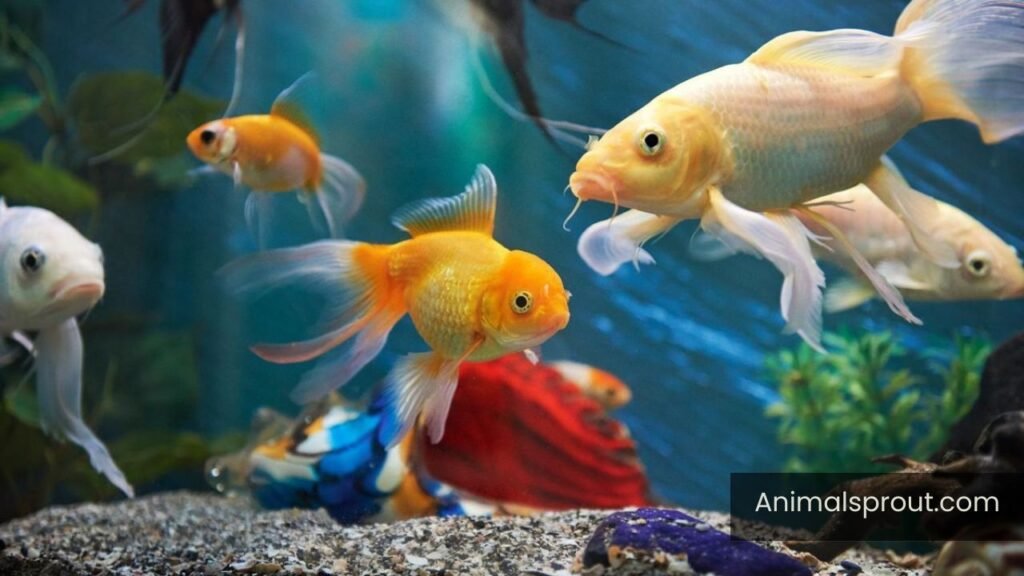
Moreover, fish possess an intricate system of lateral lines—sensory organs that run along their sides—which help them detect changes in water pressure and vibrations. This sensory ability is crucial for survival, enabling them to locate prey and evade predators in the often murky depths of their habitat. Interestingly, some species, like the anglerfish, have developed unique adaptations to thrive without conventional limbs, using bioluminescent lures to attract unsuspecting prey in the dark abyss.
Octopuses
Class: Cephalopoda
Diet: Carnivore
Octopuses, often regarded as the enigmatic wonders of the ocean, showcase a remarkable adaptability that defies conventional notions of mobility. With eight flexible arms covered in sensitive suckers, these creatures are masters of their environment, navigating through rocky crevices and coral reefs with unparalleled dexterity. Unlike legged animals that rely on limbs for movement, octopuses utilize their arms not only for locomotion but also for exploration and manipulation, allowing them to interact with their surroundings in intricate ways. This unique evolutionary design highlights a fascinating aspect of intelligence; octopuses can solve problems and exhibit behaviors that suggest a deep understanding of their habitat.
Moreover, the octopus’s ability to change color and texture adds another layer to its captivating nature. This skill, known as chromatophore manipulation, serves various purposes—from camouflage to communication—allowing these creatures to blend seamlessly into their environment or signal to potential mates. The absence of legs does not hinder their survival; rather, it empowers them to thrive in diverse marine settings.
Whales
Class: Mammalia
Whales, the majestic giants of the ocean, embody a fascinating paradox: they are among the largest animals on Earth yet possess no legs. Instead, these marine mammals have evolved streamlined bodies that allow them to glide gracefully through water, showcasing a perfect adaptation to their aquatic environment. Their powerful tails, or flukes, serve as the primary means of propulsion, enabling them to reach astonishing speeds and depths that would be impossible for land-dwelling creatures. This evolutionary shift from land to sea has not only reshaped their anatomy but also their behaviors and social structures.

Beyond mere locomotion, whales offer a compelling lens through which we can examine the interconnectedness of life in our oceans. Their complex communication systems, often characterized by haunting songs that can travel miles underwater, reveal a rich tapestry of social interactions and intelligence.
Clams
Class: Bivalvia
Diet: Filter feeder
Clams, often overlooked in the vast world of legless animals, offer a fascinating glimpse into the ingenuity of nature. These bivalve mollusks thrive in diverse environments, from sandy shores to murky riverbeds, showcasing an incredible adaptability that many might not associate with creatures lacking limbs. Instead of legs, clams utilize a muscular foot to burrow into substrates, allowing them to anchor themselves securely while filtering food from the water around them. This unique mode of life reveals how evolution has equipped them with specialized structures that perform essential functions without the need for traditional appendages.
Clams play a vital role in their ecosystems as natural filters, purifying water and maintaining ecological balance. Their feeding process not only sustains them but also contributes to the health of their habitats by cycling nutrients and supporting various marine species.
Readmore: Top 7 Animals That Are Deaf In The World (With Pictures).
Sponges
Class: Porifera
Diet: Filter feeder
Sponges, often overlooked in the animal kingdom, represent a fascinating example of life without legs. These simple organisms, belonging to the phylum Porifera, thrive in marine environments, showcasing a unique evolutionary path that prioritizes filtration over locomotion. With their porous bodies and intricate canal systems, sponges are nature’s original water filters, capable of processing vast amounts of water daily. This remarkable ability not only sustains their survival but also plays a crucial role in maintaining the health of aquatic ecosystems by removing bacteria and organic particles.
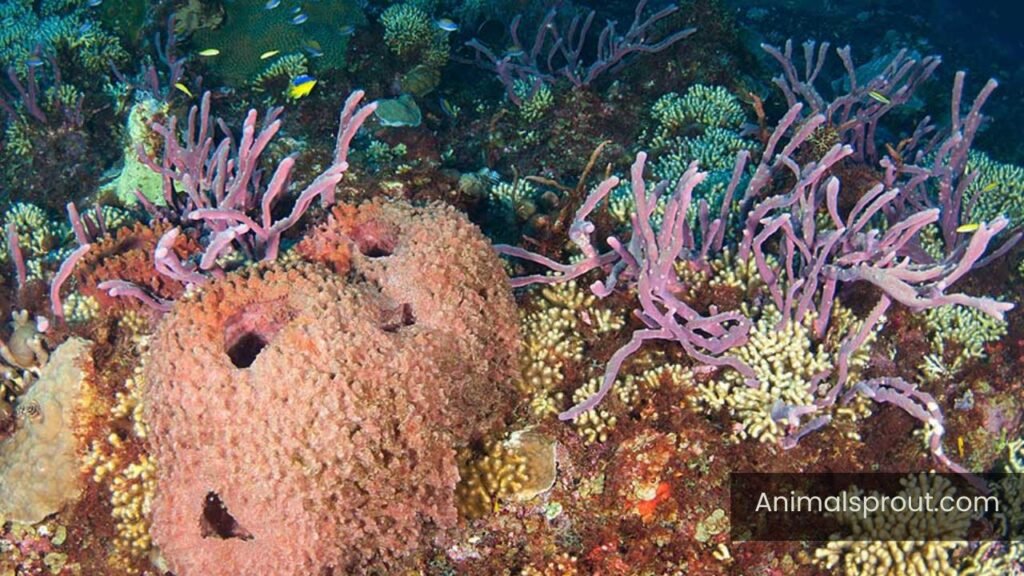
What sets sponges apart is their remarkable adaptability; they can survive in various conditions, from deep-sea environments to coral reefs. Their structural simplicity belies their complexity—sponges possess a range of specialized cells that perform different functions, such as capturing food and facilitating water flow. Furthermore, recent research has unveiled their potential in biomedical applications, with certain sponge species producing compounds that may lead to breakthroughs in cancer treatments and antibiotic development.
Slugs
Class: Gastropoda
Diet: Herbivore, detritivore, or carnivore
Slugs, often overlooked in the animal kingdom, embody a fascinating blend of simplicity and complexity. Their soft, elongated bodies glide through environments with a grace that belies their lack of limbs. Instead of legs, slugs possess a muscular foot that secretes mucus, allowing them to navigate diverse terrains with surprising agility. This unique mode of locomotion not only aids in movement but also plays a vital role in moisture retention, crucial for their survival in various habitats.
Beyond their intriguing anatomy, slugs offer remarkable insights into ecological balance. As decomposers, they break down organic matter, enriching the soil and promoting plant growth. Their diet primarily consists of decaying leaves and fungi, making them essential players in nutrient cycling.
Jellyfish
Class: Scyphozoa
Diet: Carnivore
Jellyfish, with their ethereal, gelatinous bodies, challenge our conventional notions of mobility and existence. Lacking legs, these ancient creatures glide through the water with a mesmerizing grace, propelled by rhythmic contractions of their bell-shaped bodies. This unique mode of locomotion is not just efficient but also fascinating—jellyfish can adjust their movement by manipulating the amount of water expelled from their bells, enabling them to navigate complex marine environments with surprising agility.

Beyond their movement, jellyfish offer intriguing insights into evolutionary adaptation. Their simple body structure—composed of 95% water—makes them highly resilient, allowing them to thrive in diverse habitats, from the depths of the ocean to coastal shallows. Moreover, some species possess bioluminescence, illuminating the dark depths of the sea and serving as both a defense mechanism and a means of communication.
Interesting Facts: Are Flamingos Smart?
Snakes
Class: Reptilia
Diet: Carnivore
Snakes, often perceived as mysterious and even fearsome creatures, have evolved a unique way of navigating the world without legs. Their elongated, flexible bodies are a marvel of evolution, enabling them to glide through various terrains—from dense forests to arid deserts. This legless adaptation allows snakes to excel in environments where traditional limbs would hinder movement; they can burrow into the ground, swim with grace, or climb trees with ease. Their muscular structure and specialized scales help them generate the powerful propulsion needed to slither and navigate obstacles, showcasing a fascinating blend of biomechanics and environmental adaptation.
What’s truly captivating about snakes is their ability to sense their surroundings in ways that legged animals cannot. Equipped with an extraordinary olfactory system, they can “taste” the air through their forked tongues, picking up chemical cues to locate prey or detect potential threats. Furthermore, many snakes possess heat-sensing pits that allow them to perceive thermal variations in their environment—an evolutionary advantage when hunting warm-blooded animals. This combination of sensory prowess and legless locomotion not only highlights the adaptability of snakes but also challenges our perceptions of mobility and survival in the animal kingdom.
Dolphins
Class: Mammalia
Diet: Carnivore
Dolphins, often celebrated for their intelligence and playful nature, present a fascinating case in the realm of legless animals. While they don’t possess legs in the traditional sense, these marine mammals have evolved streamlined bodies perfectly adapted for life in the water. Their powerful tails, or flukes, serve as the primary means of propulsion, allowing them to glide through the ocean with grace and agility. This unique adaptation not only facilitates swift movement but also enables intricate social behaviors and communication methods that are vital for their survival.
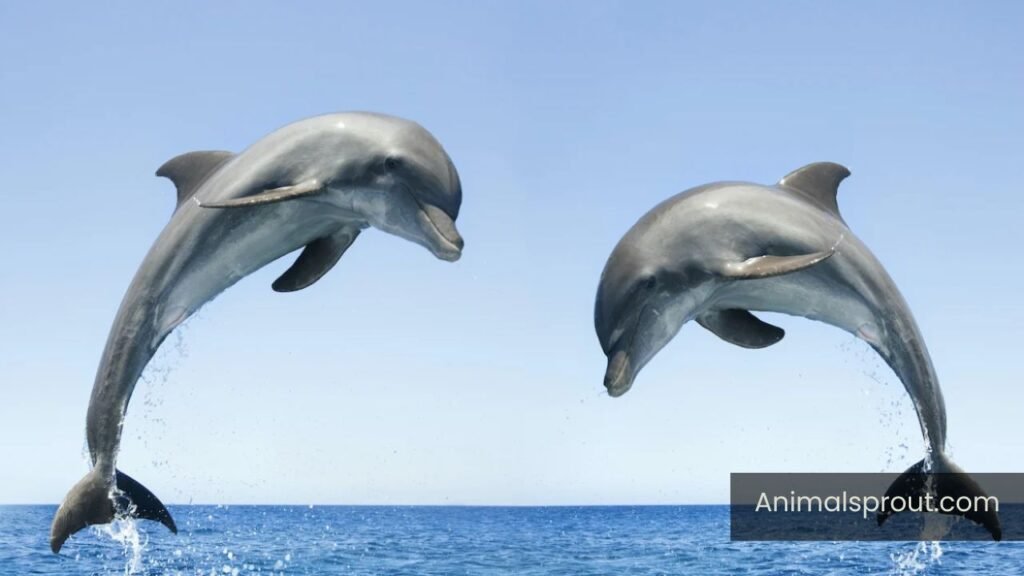
Interestingly, dolphins showcase an intriguing blend of physical prowess and cognitive complexity. Their echolocation abilities allow them to navigate and hunt in the dark depths of the ocean, revealing a world unseen to the naked eye. This sonar-like capacity demonstrates how evolution has equipped them with extraordinary tools to thrive in their aquatic environment. Moreover, dolphins’ social structures are remarkably sophisticated, featuring strong bonds and cooperative hunting techniques that emphasize their communal living.
Readmore: Explore Most Energetic Animals In The World.
Final Words
Animals without legs showcase the incredible diversity and adaptability of life on Earth. From the graceful movements of snakes to the fascinating swimming techniques of fish, these creatures have evolved unique methods to navigate their environments despite their lack of limbs. Their existence challenges our conventional understanding of mobility and survival, proving that there are countless ways to thrive in various habitats.
As we learn more about these remarkable animals, we gain valuable insights into evolution and ecology. Let us continue to explore and protect the diverse species that inhabit our planet, ensuring that future generations can marvel at their extraordinary adaptations.
FAQs
What is the fastest animal with no legs?
The fastest animal without legs is the jellyfish. Specifically, certain species of jellyfish, like the moon jellyfish, can swim at speeds of up to 5 miles per hour (about 8 kilometers per hour) by contracting and relaxing their bell-shaped bodies. This unique mode of propulsion allows them to navigate through water efficiently, despite lacking traditional limbs.
Which animal has flippers instead of legs?
Animals that have flippers instead of legs are primarily marine mammals and some reptiles. The most well-known examples are seals, sea lions, and walruses, all of which belong to the group known as pinnipeds. In addition to pinnipeds, other animals like penguins and certain species of turtles also possess flipper-like appendages.
What are animals with no legs called?
Animals with no legs are commonly referred to as “legless animals.”
What animal is long with no legs?
The animal that fits the description of being long and having no legs is the snake. Snakes are fascinating reptiles known for their elongated bodies, which can vary significantly in length depending on the species. They move by contracting their muscles and using their scales to push against surfaces, allowing them to slither smoothly through various environments, from forests to deserts and even water.

